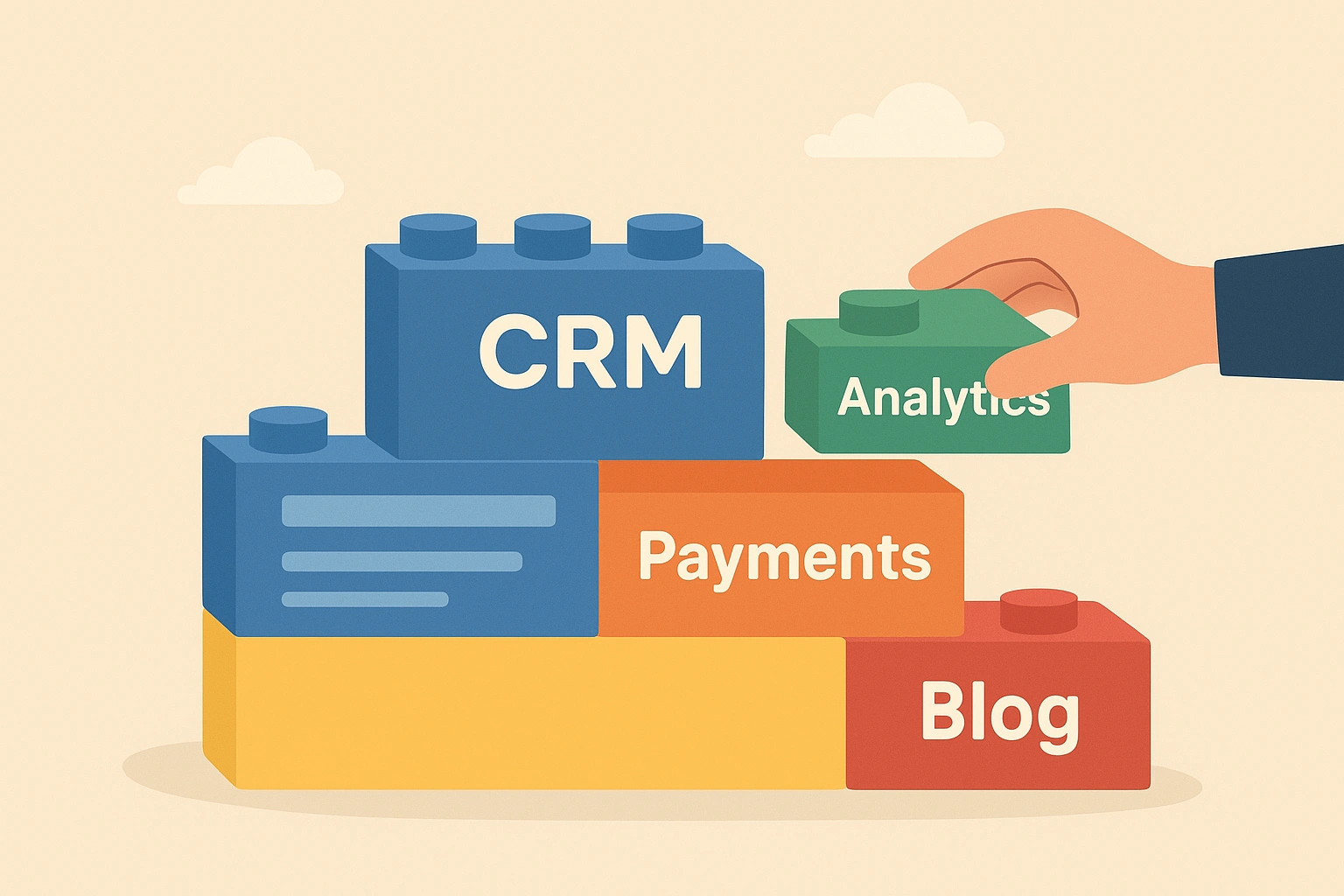Launching a startup is a race against time and resources.
Every delay can cost investments, first customers, or competitive advantage. One of the main traps founders fall into is dependence on traditional web development: timelines stretch, budgets grow, and flexibility decreases.
This is where Webflow comes in — a no-code platform for building websites that removes technical barriers and allows teams to focus on the product and the customer.
Fast start and flexibility
In startups, the winner is the one who validates hypotheses faster. If launching an MVP with code takes months, Webflow allows you to build a website or prototype in just a few days. The team immediately sees a working interface, not abstract mockups or documentation.
- automatic deployment;
- responsive design for all devices;
- real-time editing.
As a result, time-to-market speeds up, and the risk of getting stuck in endless revisions decreases.

Independence from developers
The traditional startup model often hits a bottleneck — the developer. Every new feature or change requires their time, slowing the project down.
With Webflow, founders, marketers, and designers can manage the site themselves: launch landing pages, test hypotheses, and update content. This reduces dependency on technical specialists, accelerates the process, and keeps the team agile.

Tools for business growth
Launching a website is just the first step. To grow, you need analytics, SEO, and integrations.
Webflow already includes:
- built-in SEO settings (meta tags, sitemap, redirects);
- user behavior analytics;
- integrations with CRM, payment systems, and marketing tools.
As the company grows, the project can scale: add new pages, blogs, and collections — without switching platforms.

Technology and reliability
The technical side is often a headache for founders: hosting, servers, security, updates. With Webflow, this stops being a problem:
- sites are hosted on a global CDN, ensuring high speed;
- SSL certificates are connected automatically;
- an API is available for custom integrations.
Even without a DevOps team, a startup gets enterprise-level infrastructure.

Budget and resource savings
The most critical factor for a startup is money. Traditional development requires programmers, designers, and DevOps engineers. With Webflow, most tasks can be done by one person.
Startup savings can reach up to 70%, allowing more budget to be directed toward marketing, advertising, and finding product-market fit.

Conclusion: Webflow as a strategic advantage
Getting stuck in code is dangerous for startups: it slows down time-to-market, increases costs, and reduces flexibility.
Startups cannot afford delays or heavy infrastructure overhead. Webflow delivers:
- Speed — launch and iterate in real time.
- Reliability — global hosting and enterprise-grade security.
- Scalability — CMS, integrations, and API support.
- Efficiency — leaner teams, lower costs.
For teams where execution speed and resilience are critical, Webflow is not just a tool. It is strategic infrastructure for growth.
This approach is especially valuable in the early stages of a product’s lifecycle, when the priority is rapid iteration and finding product–market fit. As the company grows and requirements become more complex, transitioning to other solutions may be the optimal next step.
Oct 13, 2025



